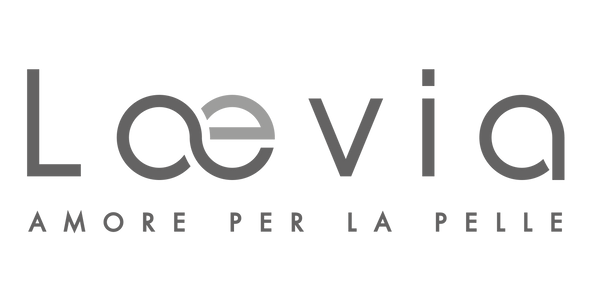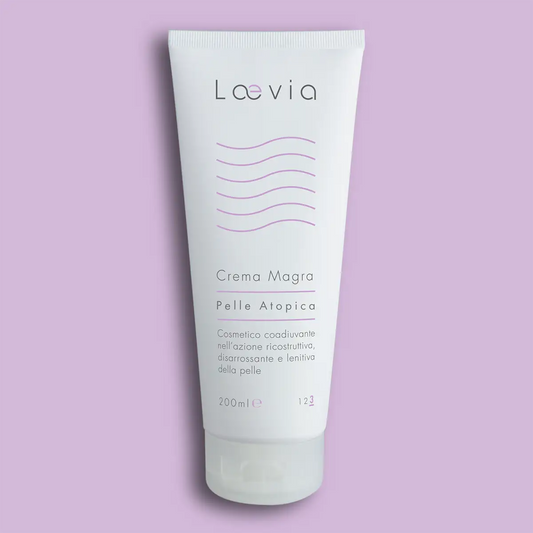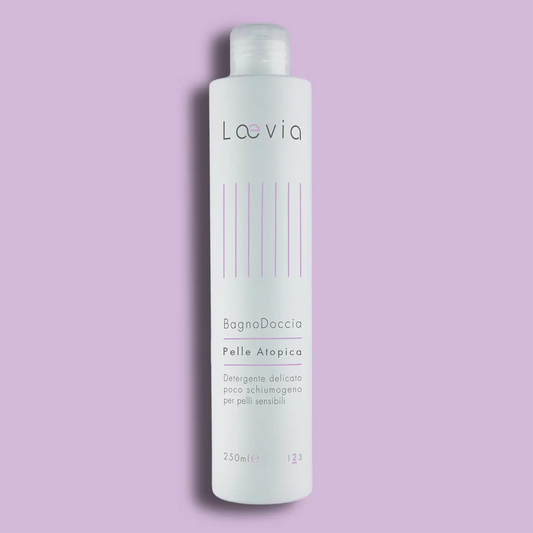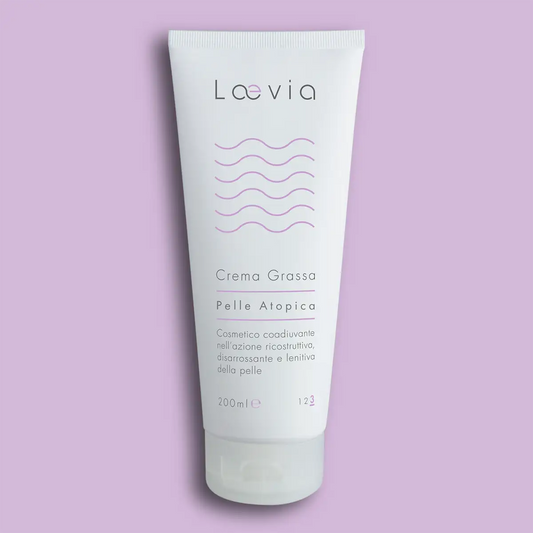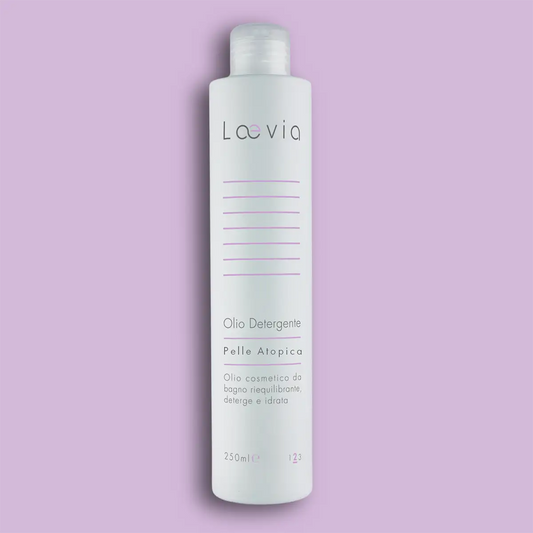Against atopic dermatitis, the daily and constant use of products to rehydrate the skin, cleanse it without weakening it and "recement" it from the outside is important.
Protecting the skin barrier: this is the first dermocosmetic and therapeutic strategy to limit the side effects of atopic dermatitis. That is, reducing dryness of the skin and the manifestations associated with it, first of all intense itching and the appearance, recurrent and in alternating phases of remission and exacerbation, of reddish and eczematous lesions.
A defective skin
The skin with atopic dermatitis is delicate and irritable due to an alteration of the skin barrier which is responsible for the loss of water from the epidermis tissues (Transepidermal Water Loss). The skin dries out and the first consequence is a lower protective effect of the hydrolipidic film against allergens, bacteria and irritants which have an easier time overcoming the organic defenses and a greater possibility of carrying out their inflammatory action on the already weakened skin.
The skin then tries to defend itself by activating a double reaction:
- On the one hand, excessive itching towards different allergenic stimuli favored by the increased sensitivity of the nerve fibers that govern the tingling sensation.
- On the other hand, an excessive immune response to allergens which induces a large production of cytokines, i.e. inflammatory substances which aggravate itching and the various manifestations of atopic dermatitis.
This condition of inflammation must be remedied by taking care of the skin in a delicate but profound manner, i.e. by restoring the hydrolipidic balance of the skin.
Moisturizing solutions
The use of specific and targeted dermocosmetics based on the intensity of the problem can really make a difference on the history of the disease. In fact, they contribute:
- On the one hand, a preventive action against relapses or exacerbations of the manifestations.
- On the other hand, they enhance the therapeutic effect.
To date, there are no drugs or treatments that definitively cure atopic dermatitis, which instead benefits from a combined treatment with hydrating, soothing and emollient products, supported where necessary (and only upon medical prescription) by the use of drugs differentiated based on the intensity of the disease and the age of the patient.

The right dermocosmetic
Not all cosmetic treatments are the same for skin affected by atopy. In fact, products that can perform an antibacterial action are beneficial, i.e. they fight the possible microorganisms that favor the onset of dermatitis, but above all they are able to control the loss of water to the full advantage of the effectiveness of the skin barrier. To perform this action, products dedicated to hydrating the skin must be calming, that is, they must be free of artificial preservatives, allergens and irritants, parabens, colorants or perfumes.
Local skin hydration is essential in any state of disease, from mild to more serious forms of atopic dermatitis which deserve to be treated pharmacologically, and must be repeated several times a day, at least in the morning and in the evening.
A “sweet” soak
Even excessive washing and washing with aggressive detergents can damage the skin, drying it out. Correct personal hygiene, in case of atopic dermatitis, must be quick, warm and "oily", i.e. with products that have a slightly acidic pH and that are not too foamy: two characteristics that have worsening effects on itching and therefore on the disease .
Remedies beyond hydration
It is important not to nullify the effects of good and correct hydration with some incorrect behaviors that can make the skin reactive to irritating contact. The advice is to protect it by wearing cotton or linen clothing and giving up synthetic fibers which do not let it breathe. In summer, do not expose your skin excessively to the sun, unless with adequate protection, in order to reap only the benefits and avoid the risk of burns and sunburns or excessive sweating, factors that aggravate itching and inflammation.
Finally, it is also a good idea to pay attention to many other allergens: rugs, curtains and carpets, for example, where dust and mites nest and which can encourage the recurrence of dermatitis. It is better to ventilate the rooms when possible and clean the rooms with a special device that purifies the air from polluting substances.
Save money with proper hydration!
The management of atopic dermatitis can significantly impact the family budget, with an annual expense ranging from 800 euros for mild forms up to 2,200 for severe ones. These are the most recent economic estimates from a study published in the Journal Pediatric HealthCare which further underline the importance of taking adequate care of the skin, cosmetically and therapeutically, from the appearance of the first lesions with savings on itchy suffering and direct costs.
